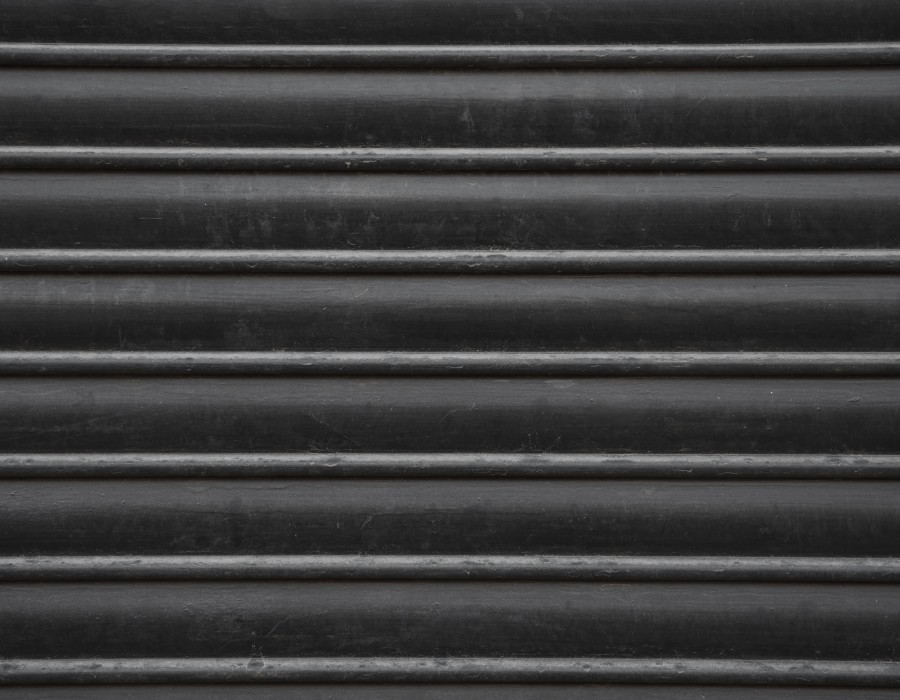Pipe cladding, also known as pipe insulation cladding, is a crucial component in various industries and building applications, offering essential protection, energy efficiency improvements, and safety benefits. Understanding its importance and functionality is key for anyone involved in construction, maintenance, or industrial processes.
Importance of Pipe Insulation Cladding
Pipe cladding serves multiple critical purposes:
- Protection Against Physical Damage: Cladding provides a robust protective barrier that shields pipe insulation from physical impact, weather elements, UV radiation, and mechanical damage. This protection helps maintain the integrity and longevity of the insulation material over time.
- Enhanced Energy Efficiency: By effectively reducing heat loss or gain through pipes, pipe cladding significantly improves energy efficiency in heating, ventilation, air conditioning (HVAC), and industrial processes. This leads to cost savings and reduces environmental impact.
- Condensation Control: Properly insulated and clad pipes prevent condensation buildup on the outer surface, which helps mitigate the risk of corrosion, mold growth, and water damage to surrounding structures.
- Fire Safety: Certain cladding materials offer fire-resistant properties, aiding in fire containment and preventing the spread of flames in industrial settings or buildings.
Types of Pipe Insulation Cladding Materials
The choice of pipe insulation cladding materials depends on various factors such as application requirements, environmental conditions, and performance expectations. Common types include:
- Metal Cladding: Materials like aluminum, stainless steel, and galvanized steel are popular for their durability, weather resistance, and aesthetic appeal. They are suitable for outdoor and high-temperature applications.
- PVC Cladding: Polyvinyl chloride (PVC) jackets are lightweight, flexible, and resistant to moisture, chemicals, and corrosion. They are commonly used in indoor plumbing and HVAC systems.
- Mineral Wool or Fiberglass Cladding: These materials offer excellent thermal insulation properties and effectively control temperature fluctuations and condensation.
- Composite Cladding: Combining multiple materials (e.g., aluminum with a PVC backing) enhances performance, such as combining the durability of metal with the corrosion resistance of PVC.
Benefits of Pipe Insulation Cladding
Pipe cladding offers numerous benefits:
- Longevity: Extends the lifespan of insulation systems by protecting them from environmental wear and tear.
- Maintenance Reduction: Minimizes the need for frequent maintenance and repairs by preventing damage to insulation.
- Regulatory Compliance: Helps meet building codes and safety regulations related to energy conservation, fire protection, and environmental impact.
- Enhanced Aesthetics: Improves the visual appearance of pipes, particularly in commercial and public spaces, by providing a clean and uniform finish.
Applications of Pipe Insulation Cladding
Pipe cladding is utilized across diverse industries and applications, including:
- Commercial Buildings: HVAC systems, chilled water pipes, and hot water pipes in office buildings, hospitals, and shopping malls.
- Industrial Facilities: Process pipelines, steam lines, and refrigeration systems in manufacturing plants, chemical facilities, and food processing units.
- Oil and Gas: Pipelines for transporting oil, gas, and other hydrocarbons, requiring durable cladding materials for outdoor and offshore environments.
- Marine: Shipboard piping systems where corrosion resistance and weather protection are critical.
Installation and Maintenance Considerations
Proper installation of pipe cladding involves selecting suitable materials, ensuring a precise fit, and effectively sealing joints to prevent moisture ingress. Regular inspection and maintenance are essential to monitor cladding integrity, promptly repair any damages, and ensure continued performance and safety.
Conclusion
Pipe insulation cladding, or pipe cladding, plays a pivotal role in enhancing the efficiency, durability, and safety of piping systems across various industries. By providing essential protection against physical damage, improving energy efficiency, controlling condensation, and enhancing fire safety, cladding significantly contributes to the overall performance and longevity of insulation systems. Understanding the types, benefits, applications, and installation considerations of pipe insulation cladding is crucial for achieving optimal system performance and compliance with regulatory standards in construction, industrial, and commercial settings.





Comments